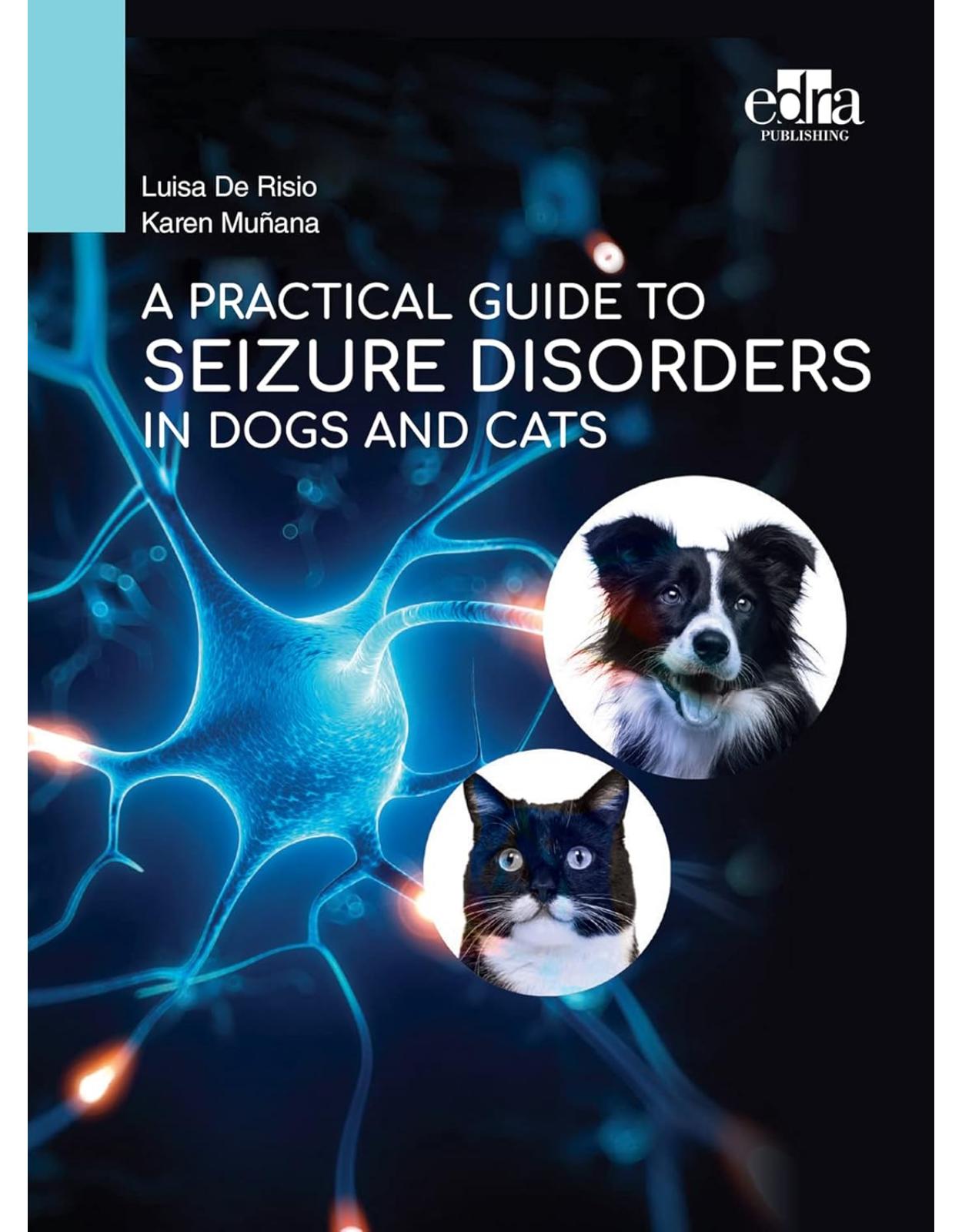
A Practical Guide to Seizure Disorders in Dogs and Cats
Livrare gratis la comenzi peste 500 RON. Pentru celelalte comenzi livrarea este 20 RON.
Disponibilitate: La comanda in aproximativ 4 saptamani
Autor: Karen Munana, Luisa De Risio
Editura: Edra
Limba: Engleza
Nr. pagini: 368
Coperta: Paperback
Dimensiuni:
An aparitie: 30 noi 2022
Seizure disorders are commonly encountered in small animal practice. The goal of this book is to provide a comprehensive, evidence-based resource to assist in the successful management of recurrent seizures in dogs and cats. Practical information on every aspect of seizure management is presented and is supported with a review of the available literature. The book’s format is designed to provide a logical, clinically relevant approach to the seizure patient, with in-depth information on the broad range of topics involved in the diagnosis and treatment of seizure disorders in dogs and cats. The first five chapters describe the clinical and diagnostic approach to the seizure patient, and include thorough descriptions of seizure classification with video case examples, canine idiopathic epilepsy, the genetics of epilepsy, feline epilepsy and quality of life. There are separate chapters devoted to advanced imaging and electroencephalography, both of which contain numerous images to complement the discussion of the material. The remaining chapters focus on epilepsy treatment and include a review of general treatment guidelines and pharmacological principles, as well as a comprehensive review of antiseizure drugs, adjunctive therapies for drug-resistant epilepsy, and the management of cluster seizures and status epilepticus in dogs and cats. The 19 book chapters are authored by veterinary specialists from around the globe. Algorithms are included throughout the book, and each chapter contains a summary of key points, providing easy access to information to support clinical decision making and patient care. Our aim was to create a comprehensive reference that would be of value to primary care veterinarians, veterinary students, interns, residents, and veterinary specialists alike.
Table of contents:
01 The Clinical and Diagnostic Approach to the Seizure Patient....... 1
Luisa De Risio, Karen R. Muñana
Terminology........................................................................... 1
Phases associated with a seizure................................... 4
Disorders that can mimic seizures and discriminators ............................................................... 5
Systematic diagnostic approach to the patient with seizure disorders.................................................... 8
02 Canine Idiopathic Epilepsy.................... 33
Andrea Fischer
Types of epileptic seizures................................................ 34
Diagnostic approach .......................................................... 38
Breed-related differences ................................................. 39
and lifespan in canine idiopathic epilepsy .................................................................................. 63
03 Quality of Life Issues in Canine Epilepsy................................................................. 77
Rowena MA Packer
What is quality of life?........................................................ 77
Impact of epilepsy on canine QoL.................................. 78
Impact of epilepsy on caregiver quality of life.............. 85
04 Genetics of Epilepsy in Dogs and Cats................................................................ 93
Edward (Ned) E. Patterson
Genetic or suspected genetic idiopathic epilepsy in dogs................................................................ 93
Structural epilepsies in dogs ............................................ 96
L-2-Hydroxyglutaric aciduria.............................................. 97
Genetic counseling for breeding dogs with epilepsy ...................................................................... 100
Feline epilepsy genetics .................................................... 100
05 Feline Epilepsy................................................ 103
Akos Pakozdy, Borbala A. Lörincz
Prevalence of seizure disorders in cats......................... 103
Terminology........................................................................... 103
Diagnostic approach to seizure disorders in cats....... 104
Antiseizure treatment of feline epilepsy......................... 110
Outcome of feline epilepsy................................................ 112
06 Advanced Diagnostic Imaging in Epilepsy........................................................... 117
Daisuke Hasegawa
Conventional MRI................................................................ 118
Structural MRI for diagnosis of epilepsy........................ 129
Advanced and functional imaging................................... 133
Imaging findings of structural epilepsies ....................... 140
Degenerative diseases....................................................... 140
07 Electroencephalography.......................... 155
Fiona M.K. James
How does EEG work? ....................................................... 156
How to record EEG? .......................................................... 158
How to interpret EEG?....................................................... 164
How to report EEG?........................................................... 175
Where to learn more on EEG?........................................ 176
08 Fundamental Principles of Pharmacokinetics for Antiseizure Medications............................... 185
Mark G. Papich
Important definitions............................................................ 185
Principles of drug disposition in animals....................... 185
Drug elimination (elimination half-life, t½)....................... 188
Drug distribution (volume of distribution)....................... 190
Drug clearance..................................................................... 192
Drug absorption................................................................... 194
09 Principles of Antiseizure Drug Use... 201
Karen R. Muñana, Luisa De Risio
Initiating therapy................................................................... 201
Choosing an appropriate antiseizure drug.................... 204
Devising a rational treatment plan .................................. 207
Drug resistance.................................................................... 213
Epilepsy remission ............................................................. 214
10 Phenobarbital.................................................... 219
Fabio Stabile, Luisa De Risio
Mechanism of action ......................................................... 219
Pharmacokinetics ............................................................... 219
Efficacy .................................................................................. 221
Clinical use ........................................................................... 223
Adverse effects and drug interactions............................ 229
11 Potassium Bromide...................................... 239
Michael Podell
Mechanism of action ......................................................... 239
Pharmacokinetics................................................................ 239
Efficacy................................................................................... 240
Clinical use............................................................................ 241
Adverse effects and drug interactions............................ 243
12 Levetiracetam................................................... 247
Karen R. Muñana
Mechanism of action .......................................................... 247
Pharmacokinetics................................................................ 248
Efficacy................................................................................... 249
Clinical use ........................................................................... 252
13 Imepitoin................................................................ 257
Andrea Tipold
Mechanism of action .......................................................... 257
Pharmacokinetics................................................................ 258
Efficacy................................................................................... 258
Clinical use ........................................................................... 261
Adverse effects and drug interactions............................ 262
14 Zonisamide......................................................... 267
Daisuke Hasegawa, Miyoko Saito
Mechanism of action .......................................................... 267
Pharmacokinetics................................................................ 268
Clinical use ........................................................................... 271
Adverse effects and drug interactions ........................... 273
15 Other Antiseizure Drugs .......................... 279
Kari Foss, Devon Hague
Clorazepate and Clonazepam ......................................... 281
Felbamate.............................................................................. 282
Gabapentin .......................................................................... 283
Topiramate............................................................................. 284
Pregabalin.............................................................................. 286
Rufinamide ............................................................................ 287
Lacosamide........................................................................... 287
Brivaracetam......................................................................... 288
16 Cannabidiol in Canine Epilepsy......... 291
Stephanie McGrath
Mechanism of Action ......................................................... 291
Pharmacokinetics................................................................ 293
Efficacy .................................................................................. 295
Clinical use............................................................................ 296
Adverse effects and drug interactions............................ 296
17 Dietary Management of Canine Epilepsy ............................................................... 301
Elliott S. Neal, Weizhi Xu, Karin Borges
Pathophysiology and mechanism of action.................. 301
“Pharmacology and pharmacokinetics” of ketogenic diets and medium chain triglycerides............. 305
Efficacy................................................................................... 306
Manipulations of macronutrients – practical considerations for the treatment of dogs with epilepsy.. 309
18 Neurostimulation for Canine Epilepsy................................................................. 313
Sofie F.M. Bhatti Contributors: Marios Charalambous, Luc Van Ham
Vagus nerve stimulation .................................................... 314
Transcranial magnetic stimulation .................................. 318
Conclusions........................................................................... 321
19 Management of Status Epilepticus and Cluster Seizures in Dogs and Cats.................................... 325
Marios Charalambous Contributor: Sofie F.M. Bhatti
Status epilepticus ................................................................ 325
Cluster seizures ................................................................... 340
| An aparitie | 30 noi 2022 |
| Autor | Karen Munana, Luisa De Risio |
| Editura | Edra |
| Format | Paperback |
| ISBN | 9781957260129 |
| Limba | Engleza |
| Nr pag | 368 |
-
63400 lei 60300 lei

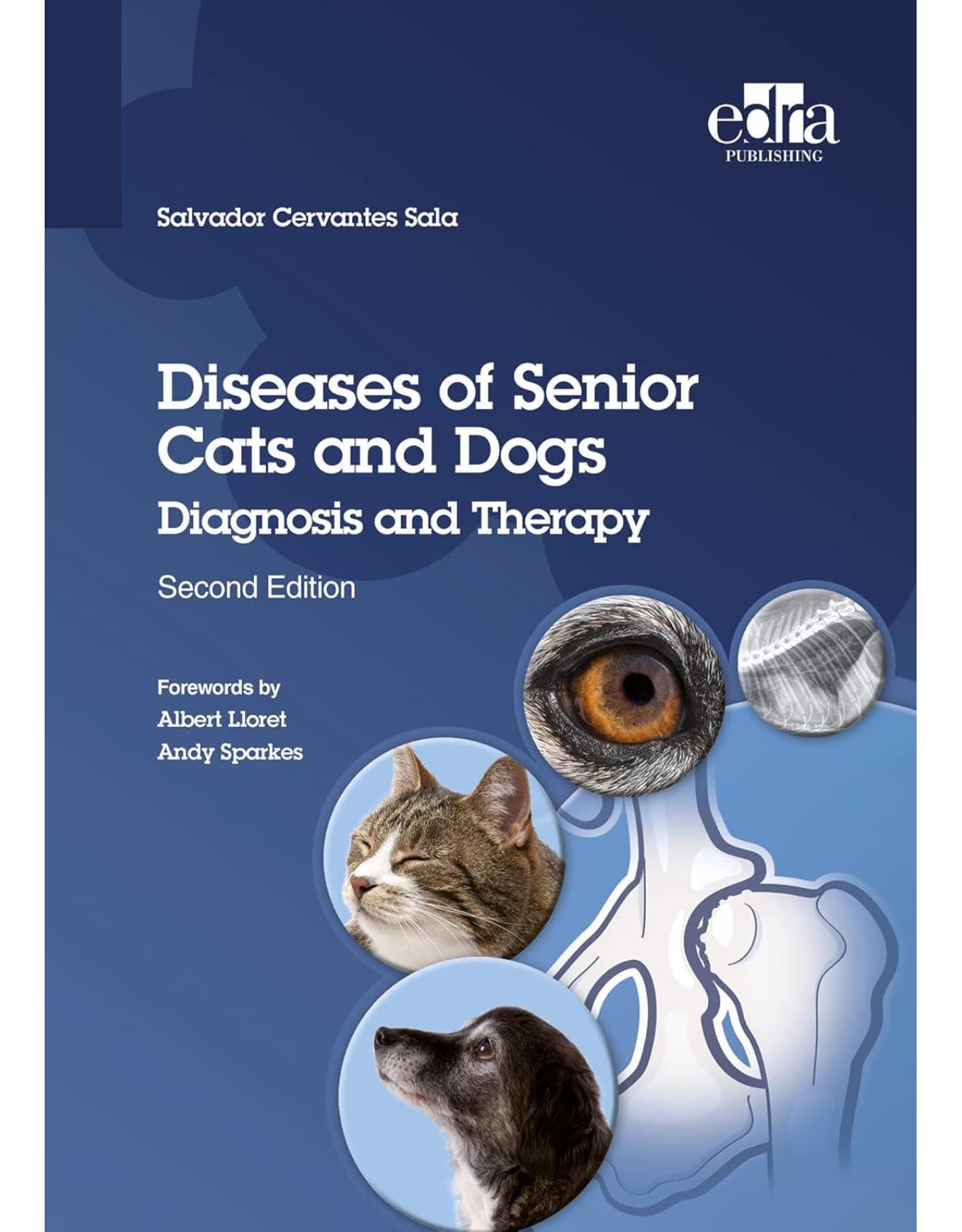

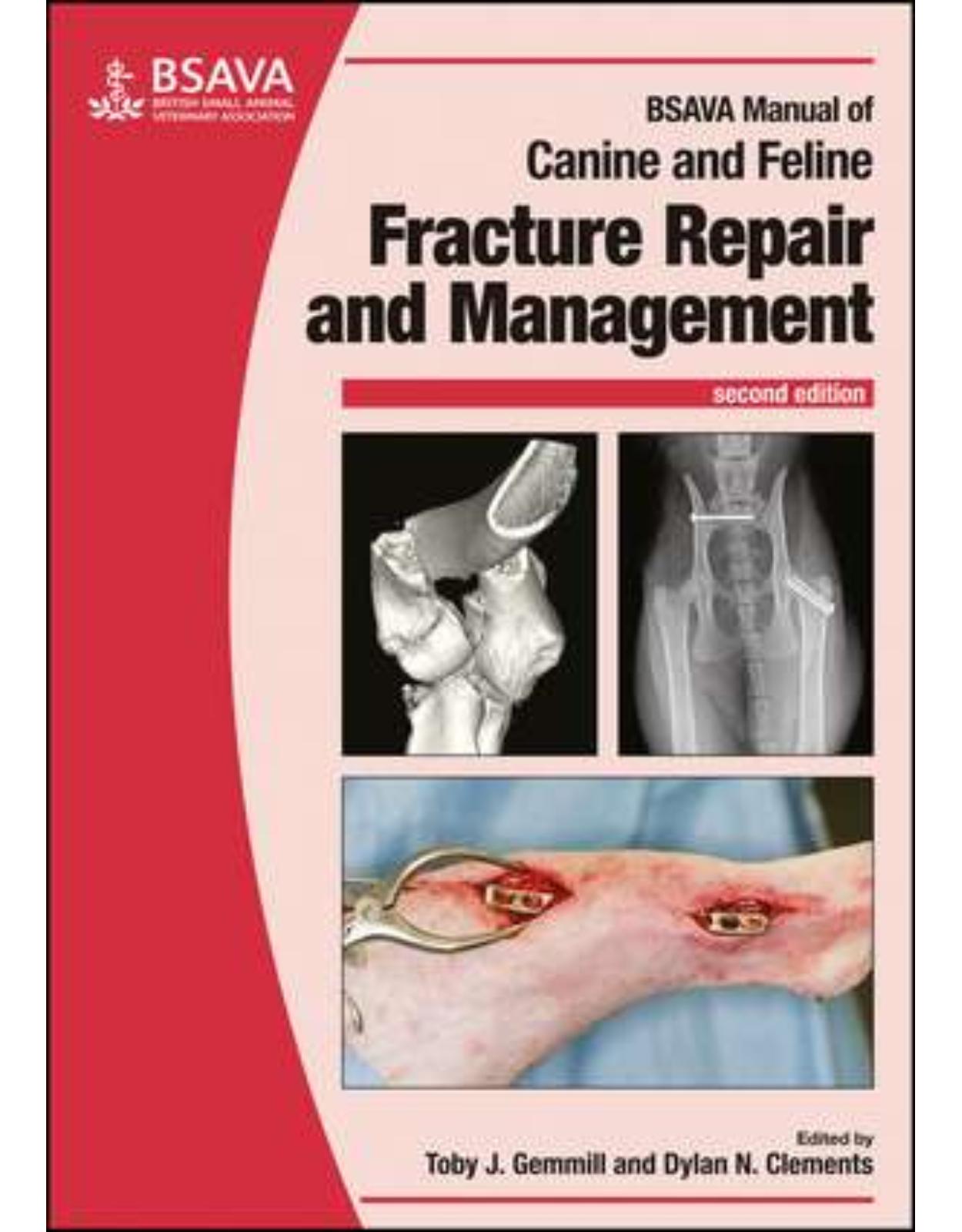


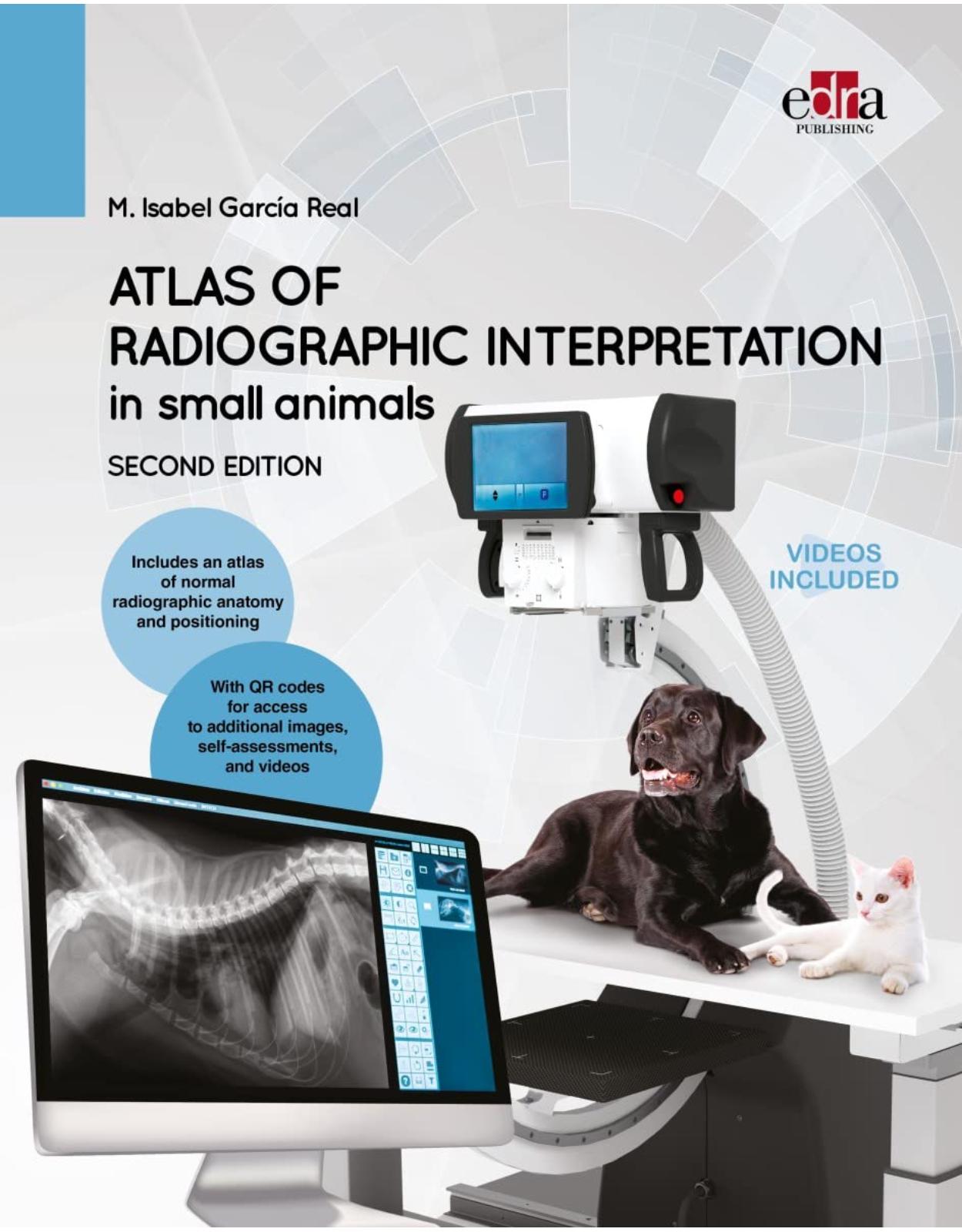



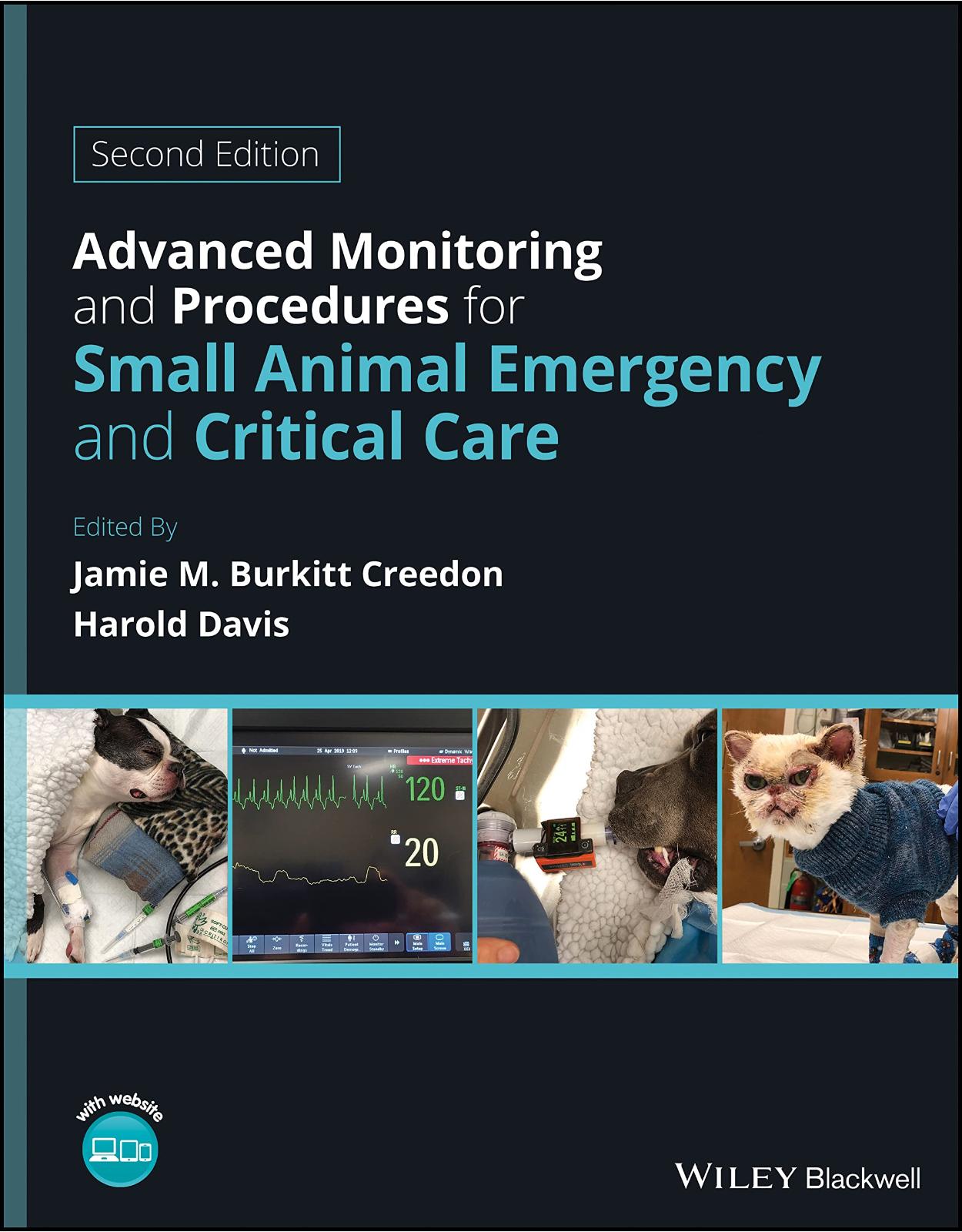


Clientii ebookshop.ro nu au adaugat inca opinii pentru acest produs. Fii primul care adauga o parere, folosind formularul de mai jos.